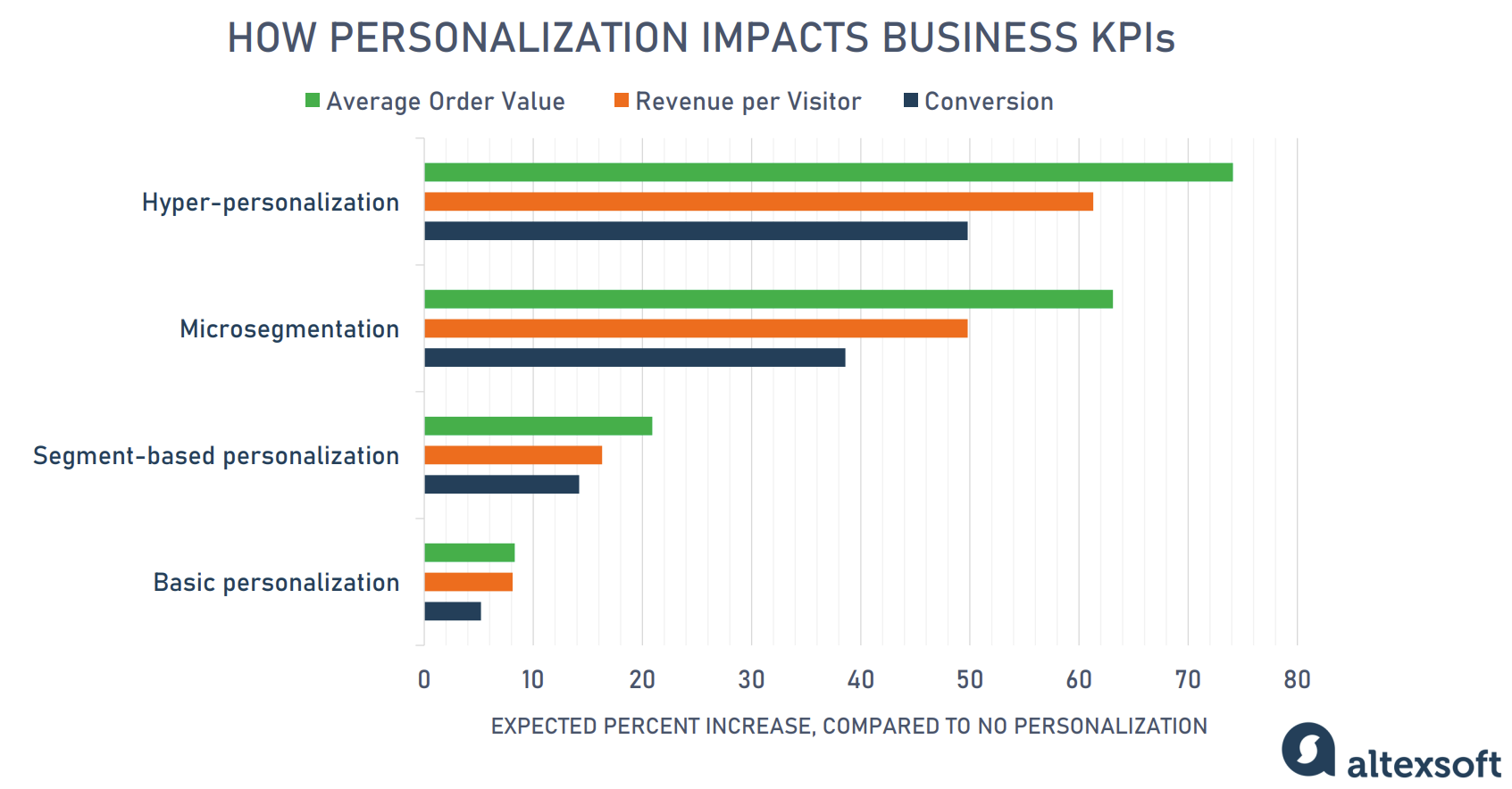Harnessing hyper-personalization in modern marketing
In the dynamic landscape of marketing, where consumer preferences evolve rapidly, the quest for relevance has become paramount for today’s modern marketing teams.
Traditional one-size-fits-all marketing approaches don’t work. There’s been an evolution, centred on hyper-personalization – a strategy that tailors marketing efforts to individual preferences, behaviours and interests. This shift is driven by the understanding that consumers are more likely to engage with brands that resonate with their unique needs. As a result, marketers are deploying new strategies to achieve hyper-personalization in their one-to-one marketing programs.
First, let’s define hyper-personalization. Hyper-personalization refers to the practice of tailoring products, services, content and experiences to individual users with an extremely high level of precision and relevance. It goes beyond traditional personalization techniques by leveraging advanced data analytics, machine learning algorithms, and real-time data to deliver highly customized interactions to each user based on their preferences, behaviours, demographics and context. Hyper-personalization aims to create deeper and more meaningful connections with users, increase engagement, and ultimately improve customer satisfaction and loyalty.
The transformation to hyper-personalization has been influenced by five key factors:
1. Marketers are focused on data-driven insights
For years, Know-Your-Customer (KYC) has been a key marketing mantra. However, the advent of new technology and modelling has enhanced this to “data-driven insights.” With the proliferation of digital technologies, there are vast amounts of consumer data generated each day. Now, marketers can more easily leverage this data to gain deep insights into consumer behaviour, preferences and purchase patterns. Advanced analytics tools enable the segmentation of audiences based on various criteria such as demographics, psychographics and past interactions. By understanding each segment's distinct characteristics, marketers can deliver personalized content and offers tailored to individual preferences.
2. AI is a major enabler for executing personalization
Artificial intelligence (AI) and machine learning (ML) algorithms play a crucial role in hyper-personalization efforts. These technologies enable marketers to analyze large datasets at scale and identify patterns that would be impossible to discern manually. By continuously learning from user interactions and feedback, AI-powered systems can deliver increasingly personalized experiences over time. For example, recommendation engines use ML algorithms to suggest products or content based on a user's browsing history, purchase behaviour and similarities with other users. McKinsey suggests that AI-powered personalization can drive 5-15 per cent increases in revenue and 10-30 per cent increases in marketing-spend efficiency.
Additionally, a recent study by Incisiv in partnership with Adobe on “The State of Personalization Maturity in Travel and Dining,” reflects the significant impact of hyper-personalization on business KPIs.
3. Targeting can be at the segment or one-to-one level
Marketers balance the granularity of messages with the amount of effort to match content with the target. Through precise audience segmentation and targeting, marketers can deliver highly relevant messages to specific groups of individuals. This approach ensures that marketing efforts resonate with the intended audience, leading to higher engagement and conversion rates. By harnessing tools such as geo-targeting, behavioural targeting and contextual targeting, marketers can deliver more personalized messages to consumers at the right time and place, increasing the likelihood of a positive response.
4. Marketers can leverage dynamic content optimization
Rather than delivering static, one-size-fits-all content, marketers can use dynamic content that adapts based on user attributes and behaviour. By creating modular content elements and rules-based logic, marketers can tailor the content experience in real-time to each individual user. This approach ensures that consumers receive the most relevant content based on their preferences, which increases engagement and drives conversion rates. Dynamic content planning and execution is an important capability for today’s modern marketers.
5. Marketers are embracing omnichannel strategies
Customers don’t differentiate between channels. They want to consume content when they want it, and in their preferred format. As a result, marketers are increasingly embracing omnichannel marketing strategies to deliver seamless and personalized experiences across multiple touchpoints. By integrating data and messaging across channels such as email, social media, mobile apps and websites, marketers can create cohesive and personalized journeys for consumers. For example, a consumer who abandons a shopping cart on a brand's website may receive a personalized reminder email with product recommendations based on their browsing history.
Final thoughts
In conclusion, hyper-personalization is imperative in modern marketing strategies. By leveraging data, AI, advanced targeting capabilities, dynamic content optimization and omnichannel approaches, marketers can deliver highly personalized experiences that resonate with individual consumers. As consumer expectations continue to evolve, hyper-personalization will remain a cornerstone of successful one-to-one marketing programs, enabling brands to forge deeper connections and drive meaningful engagement with their audiences.




































